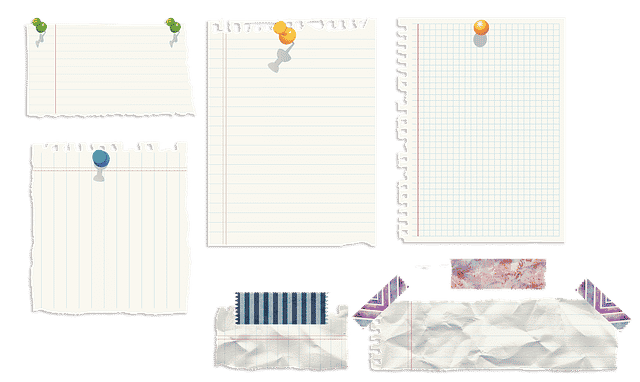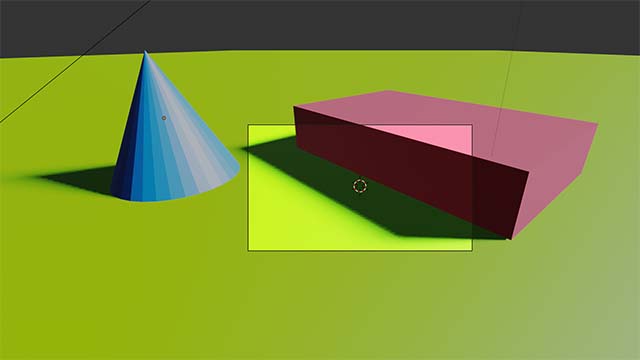
Clipping consists of putting together documents from cuttings
Clipping is a term in the English language that can be translated as “cutting” . Although it is not part of the dictionary of the Royal Spanish Academy ( RAE ), it is usually used in our language to refer specifically to the activity that consists of monitoring the media to detect allusions to a company, a person, a topic. , etc.
Press clippings
Clipping, in this way, is associated with press clippings . Those who work in this field have to read newspapers and magazines, watch television, listen to the radio and/or visit websites in search of specific mentions . When they find these mentions, they “cut them out” (copy the text, video or audio in question) and put together a document or folder to collect them.
What clipping allows is to measure the presence of a company or an individual in the media . In this way you can know its repercussion and its impact on public opinion or, more precisely, on the media agenda .
Suppose a political leader hires a company that offers clipping services. This man is interested in knowing what is published about him in the media. Thus, those responsible for the firm that provides the service instruct their workers to record every time the politician's name appears in newspapers, magazines, portals, and radio and TV programs . Every day, whoever hired the clipping receives all the clippings in their email.
As you can see, clipping requires a certain infrastructure . To monitor various media, many people are needed to spend hours monitoring them and do their work paying attention.
in computer graphics
When this term is used in the field of computer graphics , it refers to the cropping that is done to draw only the parts of the objects that are on the screen. This is a selective method that turns rendering operations on or off within a region determined by the developer. The algorithm draws only the pixels at the intersection between the clipping zone and the scene model, while "removing" lines and faces that are outside.
Typically, these clipping regions are specified for the purpose of improving performance. In fact, the better it is done, the greater the savings in time and energy, and that processing can be used for other tasks , such as calculating collisions, artificial intelligence or pressing the buttons by the player. This technique is used for both two-dimensional and three-dimensional graphics, although the specific characteristics are quite different in each case.

Objects outside the clipping region are not drawn
For two-dimensional graphics, you can set a frame that represents the clipping zone, so that any pixels above, below, or to the sides of it are not drawn . It is worth mentioning that this method can also be used to generate special effects, such as an object disappearing from the scene as if it were covered with a veil that makes it invisible. Therefore, the final frame may be the combination of several cropping operations .
Three-dimensional graphics are more complex, and therefore a broader terminology becomes necessary. For example, we talk about clipping for operations with rectangular shapes in the plane, but culling for three-dimensional models. However, it is possible to see less strict uses on some development teams. More complex objects, which are made up of smaller ones, can be selectively cropped to save processing without removing them from the scene completely.
